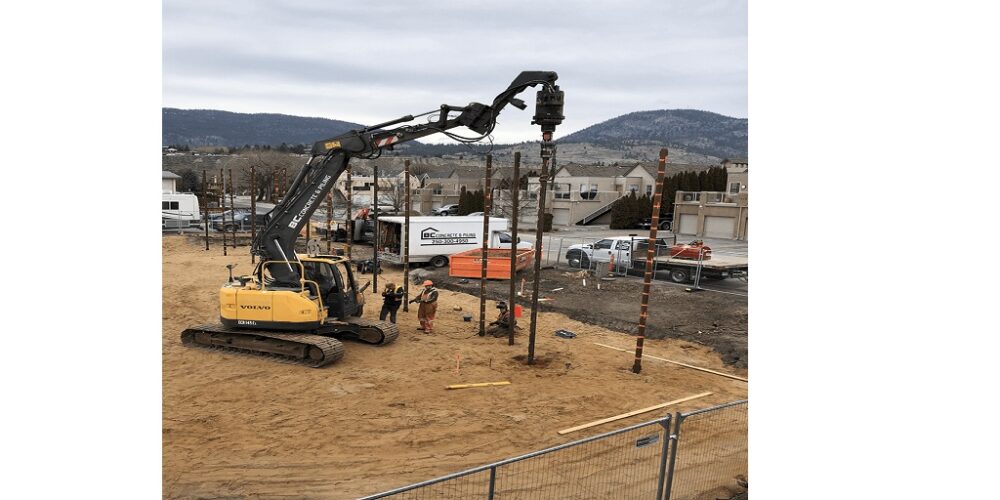Industrial drilling is a prerequisite for any industrial construction project or one that requires extracting elements from underneath. Industrial drilling must consider several environmental regulations, local laws, construction legalities, and much more.
Understanding the industrial drilling process is critical to grasping its importance and what it is.
The following are the 7 essential steps to be undertaken for a typical case of industrial drilling British Columbia for extracting oil and natural gas –
Step 1: Preparation Of The Rig Site
The initial step involves prepping up the land for further processes. This includes drilling to be precise. All local laws must be adhered to while laying down the initial drilling foundations of a prospective construction site.
Step 2: Drilling
A suitable number of truck loads are brought together at the industrial site. The drill rig is positioned at an industrial location for detecting the oil and natural gas underneath. This is mostly found over a mile below ground level.
This step involves digging out a well in the ground below the pad. It is usually dug at a depth of about 100 feet. A high-grade steel casing is put in place using a cementing process. This helps ensure zero polluting water aquifers.
In addition to this, a deeper hole about 1000 feet above the underground area is drilled. This is usually where the actual natural gas is trapped. This requires intellect and technique of the drilling team.
Step 3: Well Casing
Once the drilling is complete, the drill pipe is smoothly removed so as to replace it with a steel pipe. This was followed by tests that helped adjudge whether the pipe was capable of withstanding natural gas extraction and production processes.
Step 4: Well Completed
This stage involves putting a perforating gun into the ground to create holes. These holes help connect the rock (with the oil and natural gas) and the wellhead.
Step 5: Fracking
This step taps on the natural gas trapped in the rock. Before this, a fracking fluid (99.5% water and sand, 0.5% chemicals) is pumped at high pressure through the perforating holes created.
The process of creating holes and pumping fracking fluid is repeated a number of times.
Step 6: Production And Fracking Fluid Recycling
After step 5, the actual production of oil and natural gas begins. The fracturing fluid is recovered and recycled for using it in the other fracking operations.
Step 7: Well Restoration
The well must be permanently plugged after extraction of oil and natural gas.
It must be concluded that industrial drilling is the primary process to be undertaken for extracting oil, petroleum and natural gas from rocks in the subsurface. It is best done under the expert supervision of companies reputed for drilling, underpinning and piling services. Following a stepwise procedure, ensuring regulations and local laws are a must.
Contact the most trusted service provider for industrial drilling in British Columbia. You can make great use of their team’s industry knowledge, adaptation to latest trends, and modern technologies used.












